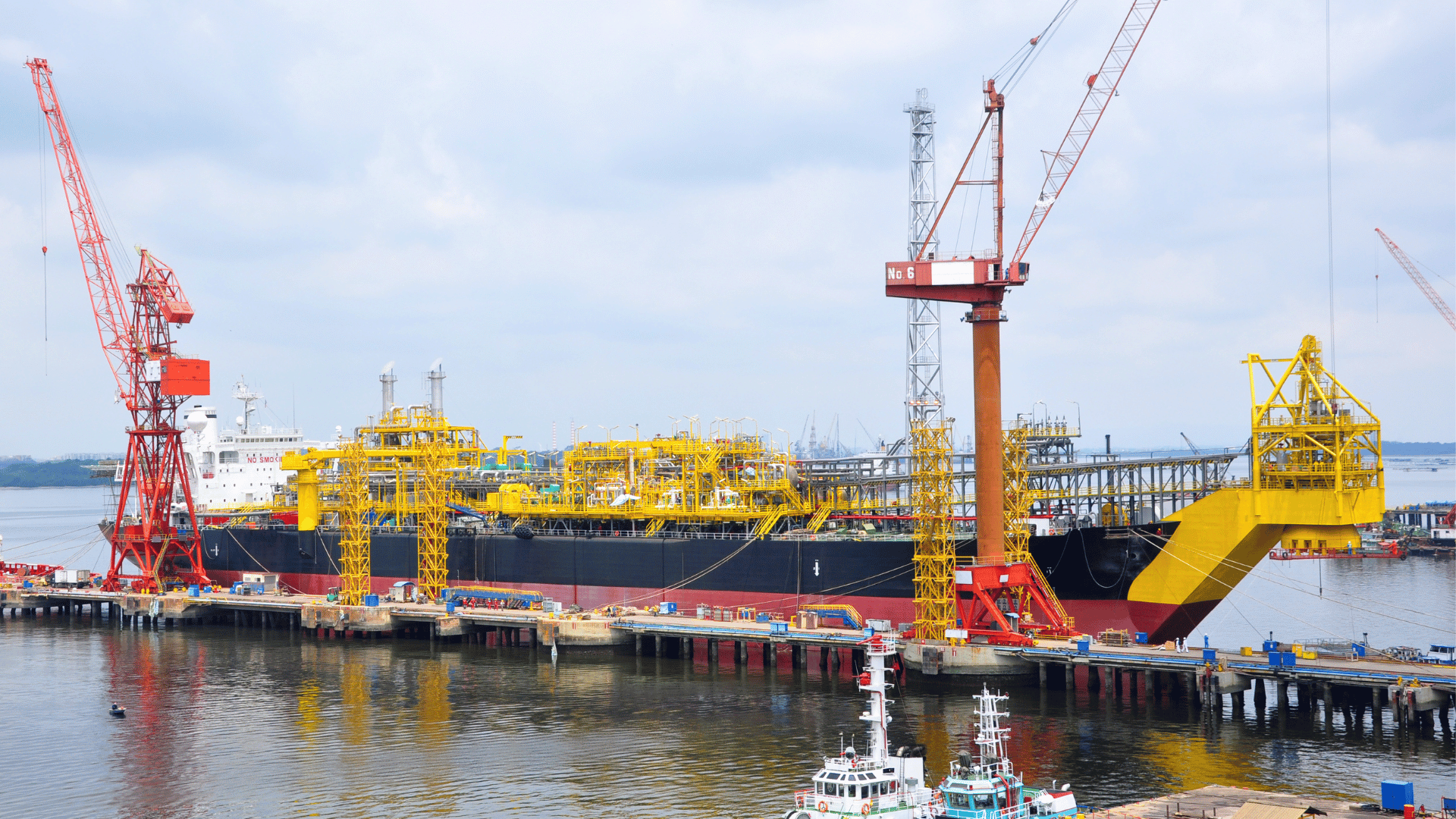| Code | Date | Format | Currency | Team of 10 Per Person* |
Team of 7 Per Person* |
Early Bird Fee Per Person |
Normal Fee Per Person |
|---|---|---|---|---|---|---|---|
| PE1950 | 21 - 25 Jul 2025 | Kuala Lumpur, Malaysia | SGD | 5,159 | 5,399 | 5,799 | 5,999 |
| PE1950 | 21 - 25 Jul 2025 | Kuala Lumpur, Malaysia | USD | 4,041 | 4,229 | 4,499 | 4,699 |
| PE2025 | 24 - 28 Nov 2025 | Kuala Lumpur, Malaysia | SGD | 5,159 | 5,399 | 5,799 | 5,999 |
| PE2025 | 24 - 28 Nov 2025 | Kuala Lumpur, Malaysia | USD | 4,041 | 4,229 | 4,499 | 4,699 |
*Fee per person in a team of 7 or 10 participating from the same organisation, registering 6 weeks before the course dateRequest for a quote if you have different team sizes, content customisation, alternative dates or course timing requirements Request for in-person classroom training or online (VILT) training format
Learn in teams and save more! Enjoy group discounts of up to 50% off normal fees for team based learning. Contact us on [email protected] to learn more today!
Code
PE1950Date
21 - 25 Jul 2025Format
Kuala Lumpur, MalaysiaCurrency
SGDTeam of 10
Per Person*
5,159
Team of 7
Per Person*
5,399
Early Bird Fee
Per Person
5,799
Normal Fee
Per Person
5,999
Code
PE1950Date
21 - 25 Jul 2025Format
Kuala Lumpur, MalaysiaCurrency
USDTeam of 10
Per Person*
4,041
Team of 7
Per Person*
4,229
Early Bird Fee
Per Person
4,499
Normal Fee
Per Person
4,699
Code
PE2025Date
24 - 28 Nov 2025Format
Kuala Lumpur, MalaysiaCurrency
SGDTeam of 10
Per Person*
5,159
Team of 7
Per Person*
5,399
Early Bird Fee
Per Person
5,799
Normal Fee
Per Person
5,999
Code
PE2025Date
24 - 28 Nov 2025Format
Kuala Lumpur, MalaysiaCurrency
USDTeam of 10
Per Person*
4,041
Team of 7
Per Person*
4,229
Early Bird Fee
Per Person
4,499
Normal Fee
Per Person
4,699
*Fee per person in a team of 7 or 10 participating from the same organisation, registering 6 weeks before the course dateRequest for a quote if you have different team sizes, content customisation, alternative dates or course timing requirements Request for in-person classroom training or online (VILT) training format
About this Training Course
Trap and Seal analysis is an essential element of the evaluation of oil and gas prospects. Several comprehensive look-back studies have concluded that the absence of Trap and/or Seal are the main causes for exploration wells to be dry. Furthermore, in the large majority of prospect evaluations, the Trap Volume uncertainty is the main factor controlling the total uncertainty range of probabilistically calculated oil and gas volumes of exploration prospects.
Doing a good job in identifying valid potential subsurface traps requires creativity and resourcefulness, plus an excellent understanding of what may constitute a trap, what may cause a trap to leak and where potential spill- and leak-points may be. Otherwise, it is not possible to make meaningful predictions of the most likely column length and its uncertainty in undrilled exploration prospects, and therefore also not of the HC volumes that may be present. In mature basins and in basins with sub-optimal seismic data quality, where the more obvious traps have already been drilled, the search may be for alternative traps such as stratigraphic, deeper and/or basement traps.
Trap and seal analyses are discussed in this course from a pragmatic explorer’s point of view, based on the extensive experience of the instructor and on published case histories. Top seal and fault seal will both be addressed. The theoretical aspects of sealing that have been developed over the years will be explained, and case histories from different basin settings will be presented.
For subsurface CO2 storage, trap and seal analysis is equally important as it is not only essential to know how much pore space is available, but also what the risks are for leakage of CO2 and for induced fault reactivation and earthquakes. The geomechanical aspects of containment of CO2 will be presented via an online module by industry expert Guest Trainer.
Participants will be provided with the opportunity to use the Ariane software package (ArianeLogiX) to investigate the effect of different seal qualities of top and fault seal on trapped column lengths and the oil and gas mix. For the module on “Modelling of top and lateral seals”, participants are required to bring their laptops and will be assigned to work in pairs.
The main objective of this course is to provide practical advice and clear guidelines on trap and seal analysis that will help explorers in their day-to-day work.
In this 5 full-day course, the main aspects that need to be considered for trap and seal analysis will be discussed, including:
- Understanding and identifying spill- and potential leak-points of traps
- Theoretical aspects of seals and sealing capacity
- The effectiveness of Top and Fault seals
- Methods to assess the sealing potential of seals
- The calculation of Shale Gouge Ratio and Clay Smear and an explanation on the construction of Allen (juxtaposition) plots which will be illustrated with several exercises
- Geomechanical aspects of CO2 containment
- Trap identification and analysis in a variety of extensional and in compressional settings
- Analysis and risking of stratigraphic traps
- Unusual traps such as basement and hydrodynamic traps
- Sealing mechanisms and reasons of seal failure: permeability seals and hydraulic seals
- Dealing with traps with multiple reservoir-seal pairs (in different basin settings)
- Differential leakage of gas versus oil and its role in gas-oil mix in traps
- Quantitative analysis of trapped HC columns and gas-oil mix based on seal qualities of top and fault seal using the Ariane software package (ArianeLogiX)
- How to treat trap and seal risks and uncertainty in a technically sound, pragmatic approach in probabilistic risk and volume analysis tools; also for multiple reservoir-seal pair prospects
Examples of traps and sealing efficiency from around the world will be given throughout the various modules.
This course is designed as an advanced module of the Prospect Maturation course by the same instructor, but can also be seen as a stand-alone course where the relevant key messages of the Prospect Maturation course will be briefly summarised at the start of the course. The course is designed for explorers with at least several years of experience in exploration; both geologists and seismic interpreters, and their supervisors / team leaders.
- Advanced
At the end of the course, the participants will understand the critical elements of hydrocarbon traps and how they affect the trap risk and volume of trapped hydrocarbons. This should enable the participants to focus on realistic traps and in technically sound and realistic pre-drill estimates of prospect volumes. It should also result in a more focussed search for alternative trap types (deeper, stratigraphic and unusual) in mature basins. Each topic is introduced by a lecture, and learning is re-inforced by practical exercises, including hands-on use of specialist software for seal analysis, and discussions. Hand-out material in paper and / or electronic format will be provided.
Your expert course leader has a PhD in Geology from the University of Utrecht. He worked for 31 years (1979 –2010) with Shell as an exploration geologist in a variety of functions across the globe. As Principle Technical Expert, he was responsible for ensuring that Risk & Volume assessments were carried out consistently and correctly in all of Shell’s exploration units.
In this capacity, he led and participated in countless prospect review sessions and developed and conducted a successful in-house course on Risks & Volume assessment. As manager of the Exploration Excellence Team, he performed in depth analysis of basins and plays and provided advice on exploration opportunities to senior management. Together with his team, he visited most of Shell’s exploration offices, working hands-on with Shell’s local exploration teams to generate new play and prospect ideas and to suggest evaluation techniques and technologies to apply.
In 2010, he was appointed as extraordinary professor Regional and Petroleum Geology at the VU university of Amsterdam and in 2012 also at the University of Utrecht. He was visiting professor at the University of Malaya (Malaysia).
Through his own consultancy, as of 2010, he provides advice on exploration activities to several companies and is regularly invited to carry out technical reviews. Activities cover all continents and include Portfolio Reviews, Prospect assessment, Play-based Exploration, and Geothermal activities.
He conducts courses on several topics including Risk & Volume Assessment, Prospect Maturation, Basin Analysis, Play-based Exploration, Trap & Seal Analysis, Petroleum Geology for Non-geologists.
Some of his recent publications include:
- De Jager, J. & van Winden, M. (2020): Play-Based Exploration of the petroleum potential of the Tremp-Graus, Aínsa and eastern Jaca Sub-basins in the southern Pyrenees. Invited contribution for Digital Geology, EAGE special publication (eds: Grötsch, J. & Pöppelreiter, M.)
- De Jager, J. (2020). Concepts of Conventional Petroleum Systems. Invited contribution for Regional Geology and Tectonics Volume 1: Global Concepts, Techniques and Methodology (eds: Adam, J., Chiarelly, D. & Scarselli, N.)
- De Jager, J. (2021): Handbook Risk & Volume Assessment. Self-published
- De Jager, J., Van Ojik, K & Smit, R. (2023 – in preparation): Geological Development of The Netherlands. In: Geology of The Netherlands (eds: Ten Veen, J., Vis, G-J., De Jager, J. @ Wong, T.)
Unlock the potential of your workforce with customized in-house training programs designed specifically for the energy sector. Our tailored, in-house courses not only enhance employee skills and engagement but also offer significant cost savings by eliminating travel expenses. Invest in your team’s success and achieve specific outcomes aligned with your organization’s goals through our expert training solutions. Request for further information regarding our on-site or in-house training opportunities.
In our ongoing commitment to sustainability and environmental responsibility, we will no longer providing hard copy training materials. Instead, all training content and resources will be delivered in digital format. Inspired by the oil and energy industry’s best practices, we are leveraging on digital technologies to reduce waste, lower our carbon emissions, ensuring our training content is always up-to-date and accessible. Click here to learn more.
To further optimise your learning experience from our courses, we also offer individualized “One to One” coaching support for 2 hours post training. We can help improve your competence in your chosen area of interest, based on your learning needs and available hours. This is a great opportunity to improve your capability and confidence in a particular area of expertise. It will be delivered over a secure video conference call by one of our senior trainers. They will work with you to create a tailor-made coaching program that will help you achieve your goals faster.
Request for further information post training support and fees applicable
Learn what past participants have said about EnergyEdge training courses
Good course to enhance understanding on how we should evaluate faults and seal effectively for our prospect.
Geoscientist, PETRONAS
Very interesting and useful course!
Specialist - Structural Geology, PETRONAS
Amazing session, well-versed expertise and experience by the trainer and very much applicable to my day to day job scope.
Explorationist, Brunei Shell Petroleum
Great course with theories and practical applications!
Senior Geologist, Petroleum Sarawak Exploration & Production Sdn Bhd
If you'd like to proceed with the fault seal analysis in your work program, you will need to understand how to define fault, Allan diagram and SGR/CMP basically. Through this training course, I am pleased to obtain the knowledge on what the fault seal analysis is & how to apply it to my work
Geologist, Posco International E&p Malaysia Sdn Bhd
Good course with a lot of examples / case studies presented and also new insights on the trap and sealing mechanisms in different basin settings
Geologist, Petroleum Brunei
Excellent instructor. Course materials make the assessment of trap and seal more meaningful
Geoscientist, PETRONAS
Great real-life examples that provide me with new prospect ideas
Staff Geologist, Beach Energy
Excellent course especially the working exercises which helped us in the practical application





